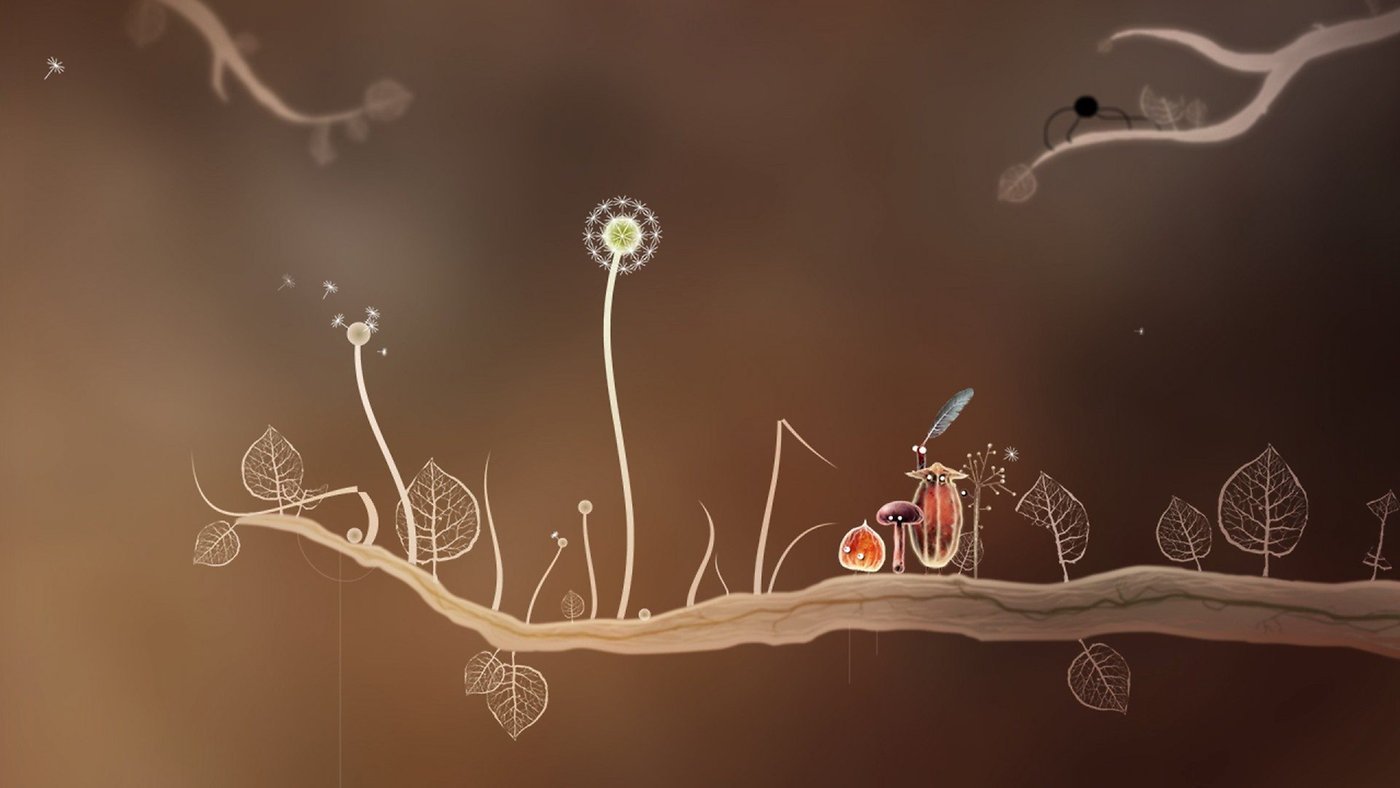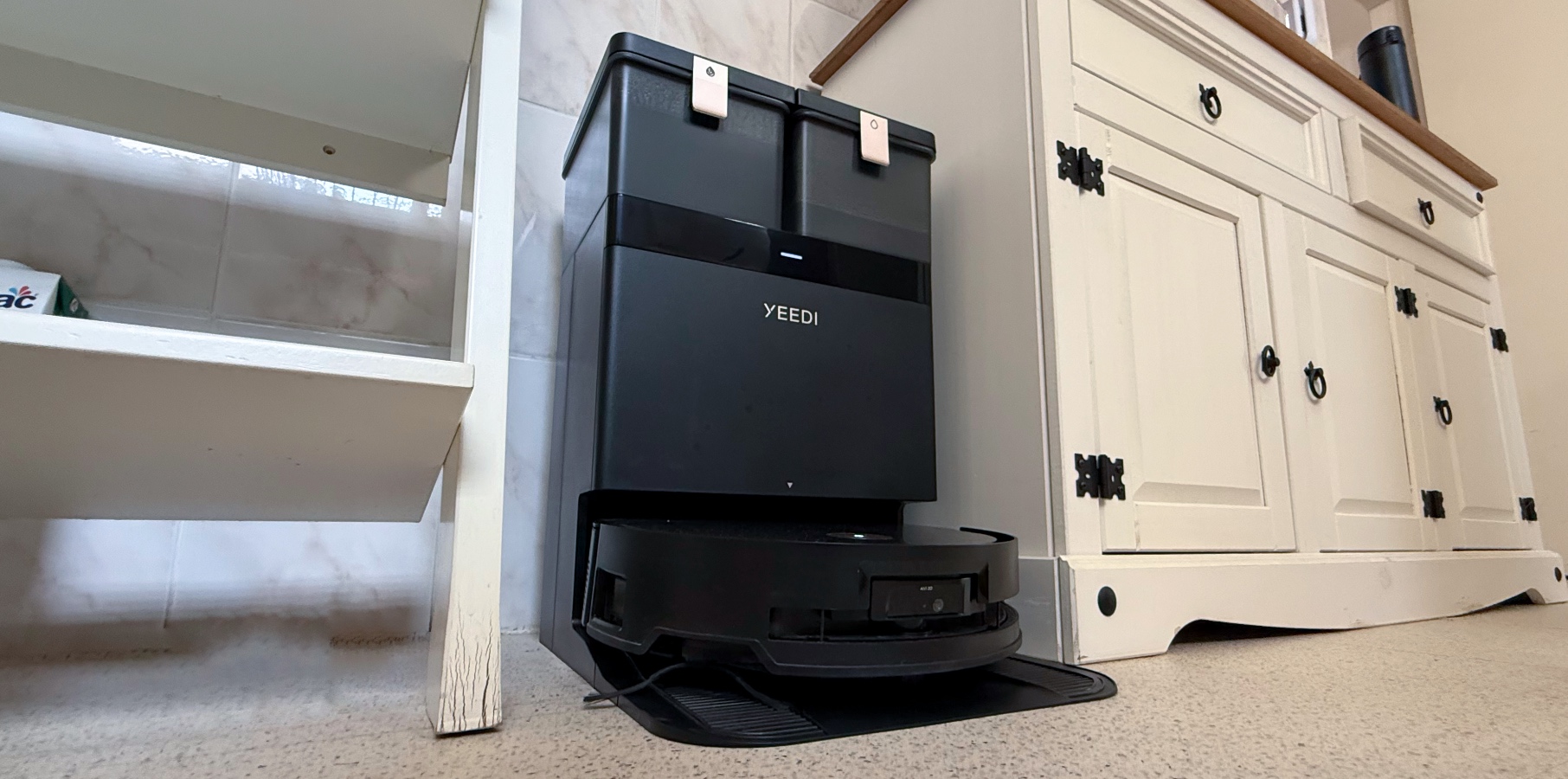Celebrate the 35th anniversary of the Hubble Space Telescope with a gigantic tower of gas and dust
As part of their ongoing celebration of the Hubble Space Telescope's 35th anniversary, NASA and ESA have shared a new image of the Eagle Nebula, specifically a "spire of cosmic gas and dust" that's in a region last captured by the telescope two decades ago. The tower in the image is 9.5 light years tall, according to NASA and ESA, and only a portion of the larger Eagle Nebula, which is considered a "nursery" for young stars. The tower's unique mix of oranges and dark blues is thanks to a combination of swirling hydrogen gas and space dust. The nebula's "Eagle" name comes from how it looks when you pan across it, where edge clouds like the one in the image look like the wings of a giant bird of prey. ESA/Hubble & NASA, K. Noll As of late, the James Webb Telescope has become the designated source for spectacular images of space, but clearly Hubble still has some juice in it, too. Some of that is thanks to "new data processing techniques" that are being applied to the images captured by the telescope. The Eagle Nebula is just one of several celestial targets Hubble is revisiting for its 35th anniversary. By capturing different angles and using data differently, the telescope is able to produce more spectacularly colored images. There's no major discoveries made with these "reruns," but they are, without a doubt, even cooler than before. This article originally appeared on Engadget at https://www.engadget.com/science/space/celebrate-the-35th-anniversary-of-the-hubble-space-telescope-with-a-gigantic-tower-of-gas-and-dust-184340147.html?src=rss

As part of their ongoing celebration of the Hubble Space Telescope's 35th anniversary, NASA and ESA have shared a new image of the Eagle Nebula, specifically a "spire of cosmic gas and dust" that's in a region last captured by the telescope two decades ago.
The tower in the image is 9.5 light years tall, according to NASA and ESA, and only a portion of the larger Eagle Nebula, which is considered a "nursery" for young stars. The tower's unique mix of oranges and dark blues is thanks to a combination of swirling hydrogen gas and space dust. The nebula's "Eagle" name comes from how it looks when you pan across it, where edge clouds like the one in the image look like the wings of a giant bird of prey.
As of late, the James Webb Telescope has become the designated source for spectacular images of space, but clearly Hubble still has some juice in it, too. Some of that is thanks to "new data processing techniques" that are being applied to the images captured by the telescope.
The Eagle Nebula is just one of several celestial targets Hubble is revisiting for its 35th anniversary. By capturing different angles and using data differently, the telescope is able to produce more spectacularly colored images. There's no major discoveries made with these "reruns," but they are, without a doubt, even cooler than before. This article originally appeared on Engadget at https://www.engadget.com/science/space/celebrate-the-35th-anniversary-of-the-hubble-space-telescope-with-a-gigantic-tower-of-gas-and-dust-184340147.html?src=rss








![What’s new in Android’s April 2025 Google System Updates [U: 4/18]](https://i0.wp.com/9to5google.com/wp-content/uploads/sites/4/2025/01/google-play-services-3.jpg?resize=1200%2C628&quality=82&strip=all&ssl=1)















































































![[Webinar] AI Is Already Inside Your SaaS Stack — Learn How to Prevent the Next Silent Breach](https://blogger.googleusercontent.com/img/b/R29vZ2xl/AVvXsEiOWn65wd33dg2uO99NrtKbpYLfcepwOLidQDMls0HXKlA91k6HURluRA4WXgJRAZldEe1VReMQZyyYt1PgnoAn5JPpILsWlXIzmrBSs_TBoyPwO7hZrWouBg2-O3mdeoeSGY-l9_bsZB7vbpKjTSvG93zNytjxgTaMPqo9iq9Z5pGa05CJOs9uXpwHFT4/s1600/ai-cyber.jpg?#)











































